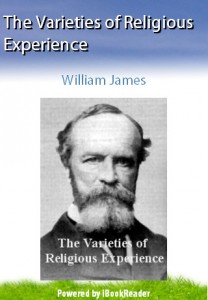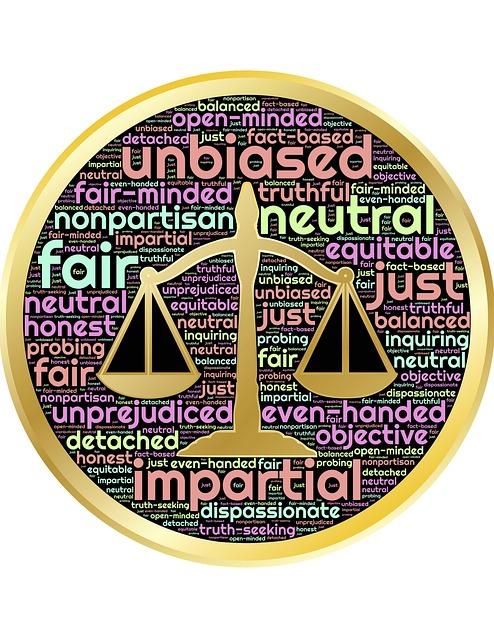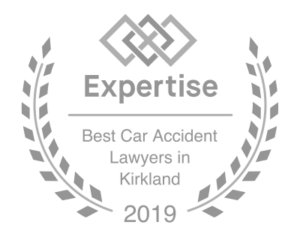The Seattle Times Mission Statement provides in part: “To be an independent and influential advocate for children, schools [and] safe and clean communities… .” Interestingly in its lead editorial of November 23, 2011 the Times puts forth an argument to return to a form of sovereign immunity where there would still be the ability to bring a legal action against the state, but the remedy for a fault free plaintiff would be limited.
The Times editorial is contrary to its mission statement and a misguided argument that if carried out will harm its individual subscribers.
Sovereign Immunity. The doctrine of sovereign immunity is literally a creature of English kings, meaning, “The king can do no wrong.” Fortunately Washington abolished sovereign immunity in 1961. This is because the principle that government must be accountable legally for the harm it directly causes to its citizens is a fundamental principle of our revolutionary history and the American republic.
Difficulty of Lawsuits. Although Washington State has waived sovereign immunity suing and recovering from the state or a municipality in Washington is not an easy task. The Seattle Times editorial argues our legal system is “too quick to settle and more generous then it should be.” The reality is when cases settle insurance company lawyers, state attorneys, or municipal lawyers have concluded a settlement is in the best interest of their client. When a jury provides compensation to an injured plaintiff it is not out of generosity. It is because the injuries are real, and the jury concludes the amount of its award will fairly compensate the injured plaintiff.
Joint and Several Liability. The Times misleads its readers on Washington law when it says Washington law should be changed “so the state doesn’t have more exposure then private entities.” The law is the state has additional procedural protections beyond private entities. Substantively it is on the same footing as a private entity.
What the Times wants is an end to joint and several liability as we have it today whenever the state or a municipal entity is a co-defendant in a lawsuit. The law as it stands allows joint and several liability to a fault free injured plaintiff when two or more defendants are liable. Under joint and several liability if the damages to a fault free plaintiff are $100,000 with one defendant causing 10% of the negligence and the other causing 90% the plaintiff can take the $100,000 from both defendants or one defendant. If the state is 10% negligent and the other defendant is insolvent then plaintiff can still recover his $100,000 from the state.
The Times would change the law so the state would only be responsible for $10,000 of the $100,000 in damages. If the 90% liability defendant is insolvent the fault free plaintiff is precluded from collecting 90% of his judgment.
Unfair Result. The Times ignores its mission statement in calling for an end to joint and several liability when the the state is a co-defendant. Fault free babies, school children and common members of the community would in cases of an insolvent defendant be left with a partial recovery when the state is a co-defendant. Under our law as it stands the fault free injured person receives a full recovery. At times this does mean the co-defendant state pays all of the judgment. But when this happens the state has been found to be negligent and plaintiff has not. Unwittingly the Times is arguing against the babies, children and common members of the community it says it is an advocate for.
Post Footer automatically generated by Add Post Footer Plugin for wordpress.
 At the onset we are struck by one great partition that divides the religious field. On one side of it lies institutional, on the other personal religion. Worship and sacrifice…theology and ceremony… are the essentials of religion in the institutional branch. [Here religion is] an external art, the art of winning the favor of the gods.
At the onset we are struck by one great partition that divides the religious field. On one side of it lies institutional, on the other personal religion. Worship and sacrifice…theology and ceremony… are the essentials of religion in the institutional branch. [Here religion is] an external art, the art of winning the favor of the gods. 

 Recently in the Seattle Times there was an editorial titled
Recently in the Seattle Times there was an editorial titled  In the movie Social Network Sean Parker says: ” When you go fishing you can catch a lot of fish, or you can catch a big fish. You ever walk into a guy’s den and see a picture of him standing next to fourteen trout?”
In the movie Social Network Sean Parker says: ” When you go fishing you can catch a lot of fish, or you can catch a big fish. You ever walk into a guy’s den and see a picture of him standing next to fourteen trout?” To be effective a personal injury lawyer must be prepared to try the case. This post discusses the mentality of insurance companies and why filing the case is usually the only way to get a fair resolution for our client.
To be effective a personal injury lawyer must be prepared to try the case. This post discusses the mentality of insurance companies and why filing the case is usually the only way to get a fair resolution for our client.